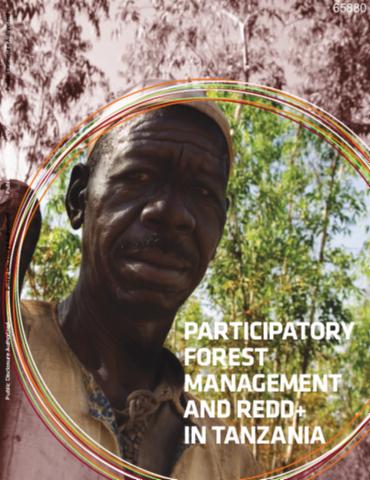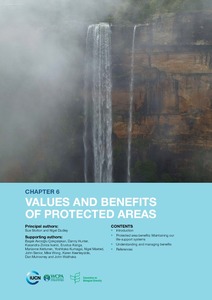Rural tourism and protected areas " factors to increase resilience of rural areas
The study analysed the influence of presence of protected area on the vulnerability and resilience of the surrounding region in different socio-economic and natural shocks and perturbations. For the study two areas were selected: area of Triglav national park (TNP), as area with highly diversified rural tourism and area of Kozjansko regional park (KRP) as area with low level of rural tourism diversification. The primary data collection was conducted with use of in-depth interviews among relevant stakeholders.








